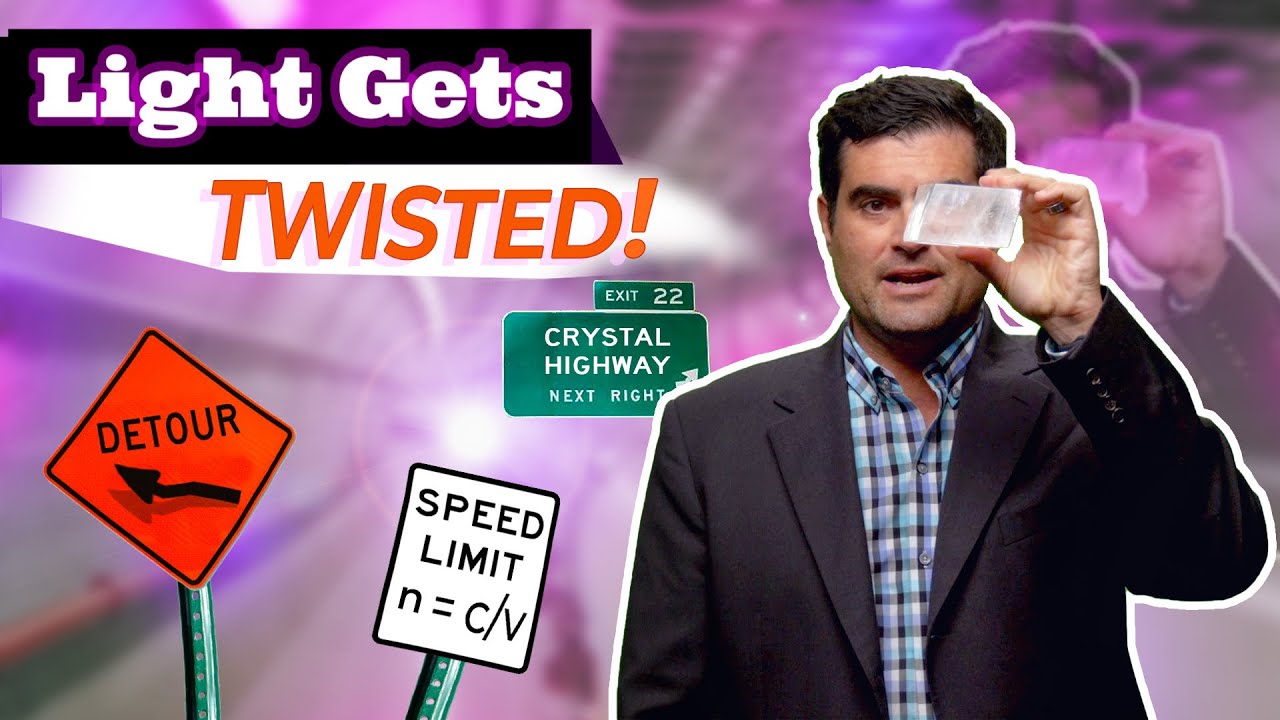Birefreingence is an optical phenomenon in which light is refracted differently depending upon its polarisation state. It is frequently observed in transparent minerals with an anisotropic crystal structure such as calcite. But is it possible for the vacuum, which famously has no crystal structure, to exhibit birefringence? Well, according to the Euler-Heisenberg Lagrangian of quantum electrodynamics, it is possible for the vacuum to be polarised and exhibit birefringence. This prediction, made in 1936, was long believed to be impossible to observe. In 2016, astronomers reported evidence of the phenomenon in observations of a pulsar with an extremely strong magnetic field, but uncertainty in the models of neutron stars prevented this being considered a conclusive detection.
Now, the STAR detector at the Relativistic Heavy Ion Collider has observed vacuum birefringence in collisions of gold nuclei at an energy of 200 GeV, “Measurement of e+e− Momentum and Angular Distributions from Linearly Polarized Photon Collisions”. Brian Keating explains.
